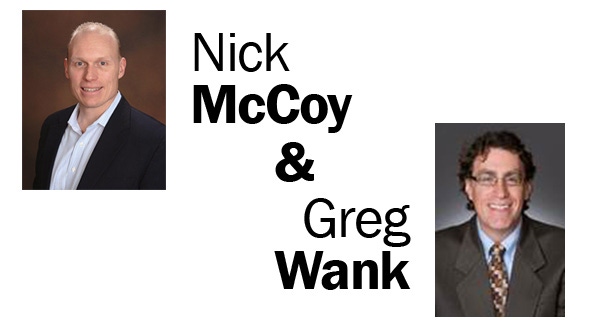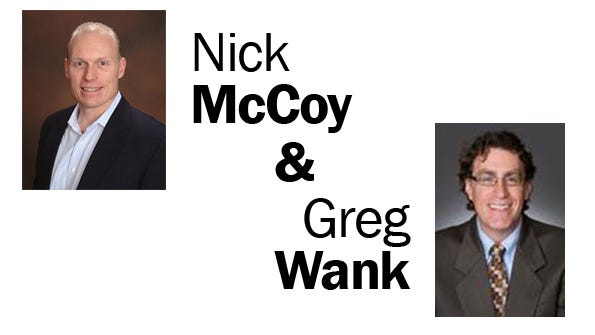The key to financial reporting is consistency, transparency and preparing your books and records to be transaction ready. Here's how you can make that happen.

 As professional service firms steeped in the natural products space, we have the privilege of meeting the founders and executives from many branded food and beverage companies each year. Interestingly, we have learned that the way each company classifies certain costs in their financial statements can vary widely.
As professional service firms steeped in the natural products space, we have the privilege of meeting the founders and executives from many branded food and beverage companies each year. Interestingly, we have learned that the way each company classifies certain costs in their financial statements can vary widely.
In addition to these company leaders, industry investors and advisers often ask us for “the norm” and what is acceptable when it comes to financial reporting. While experienced investors know what to look for, major institutional investors, strategic buyers and financial institutions typically require and expect financial statements to be presented in accordance with generally accepted accounting principles. GAAP is a common set of accounting principles, standards and procedures which provide conformity in reporting among companies.
Net revenue and gross margin are two of the most important metrics for branded consumer packaged goods companies in the eyes of strategic acquirers and financial investors. Net revenue, typically gross sales less all sales discounts, serves as the primary metric for measuring the size and growth trends of a brand. When a company in the natural products space sells to an acquirer, enterprise value as a multiple of net revenue is the most-cited statistic when comparing transaction valuations.
Gross margin is important as a measure of profitability and consumer acceptance. It is well-established that most branded CPG companies choose not to be cash flow (EBITDA) positive until they reach a size where they cannot invest their gross profit economically for growth. This can vary widely but occurs frequently when net revenue falls somewhere between $25 million and $50 million. A company with a 40 percent, or more, gross margin will grow capital more efficiently and have more available funds for sales, marketing and capital investment than one with a 20 percent gross margin. Higher gross margins are also viewed as an indicator of customer acceptance and product differentiation, as the CPG company can charge a greater premium for its product than one with lower margins, creating the buyer’s ultimate path to significant profitability.
Although the adoption of GAAP provides conformity, the framework is not always intuitive. For example, a brokerage fee is considered an operating expense, but depending on the circumstances, a distributor charge should be either part of costs of goods sold or a reduction of gross sales.
The following table indicates the major differences in classifications typically experienced:
Cost | Typical Internal Financial Statement Presentation | GAAP Classification |
Promotional allowances (includes MCB, OI, Freefills, etc.) | Advertising expense | Reduction of gross sales |
Slotting fees | Either capitalized on the balance sheet and amortized or included as selling expense. | Reduction of gross sales |
Vendor rebates | Net sales | Reduction of purchases |
Distributor charges | Operating expenses | Costs of goods sold or reduction of gross sales |
Demos | Customer charge in operating expenses while original gross profit is still shown | The cost of the goods used for demo should be in operating costs and the original sale fully reversed |
Shipping and handling costs | Costs of goods sold | Either costs of goods sold or operating expenses |
Warehousing costs | Costs of goods sold | Operating expenses |
Freight-in and freight between warehouses | Operating expenses | Costs of goods sold |
Compensation costs relating to stock options/profits units | No expense is recorded | Noncash compensation is recorded to expense and equity at fair value. |
*The table above represents general guidance; however, each situation may have a unique set of facts which would require a different classification.
Although it is good practice to report on a GAAP basis, it is most important to be consistent even if not preparing your internal statements under GAAP. In order to avoid surprises, a company reporting on a non-GAAP basis should consider a footnote describing the impact to the financial statements if they had been presented in accordance with GAAP.
As the company grows, a CPA firm with strong food and beverage industry knowledge can be extremely helpful to assist in the conversion to GAAP reporting and perhaps initially provide a compilation report. Upgrading to a review or audit is usually driven by external requirements or done proactively as a milestone transaction approaches. An acquirer of a company will typically require at least two full years of audited statements prior to a transaction. In our experience, non-adherence to GAAP or lack of financial reporting can be an impediment to the consummation of a transaction. The key to financial reporting is consistency, transparency and preparing your books and records to be transaction ready.
While each company’s facts and circumstances are unique, we have been able to help so many emerging brands navigate through the financial reporting maze, which has helped enable them to meet their goals.
About the Author(s)
You May Also Like





